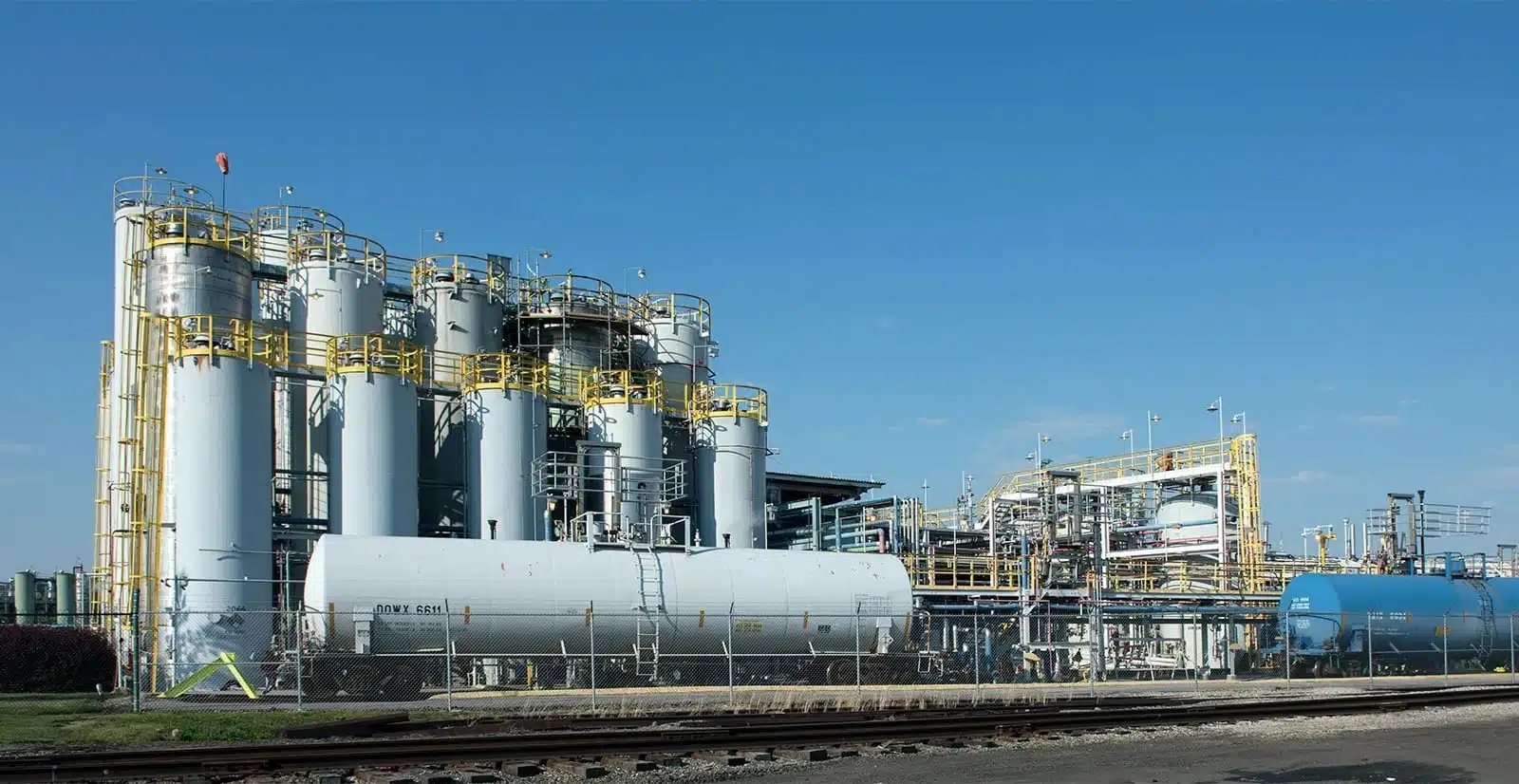Last edit: 26/06/2023

IEC 61508 series sees safety as the freedom from unacceptable risk of physical injury or of damage to the health of people, either directly, or indirectly as a result of damage to property or to the environment. Therefore, it considers damage to property, but as a risk of indirectly affecting people health.
Functional safety is part of the overall safety that depends on a system or equipment operating correctly in response to its inputs. For example, an overtemperature protection device, using a thermal sensor in the windings of an electric motor to de-energise the motor before it can overheat, is an instance of functional safety. But providing specialised insulation to withstand high temperatures is not an instance of functional safety, although it is still an instance of safety and it could protect against the same hazard.
Neither safety nor functional safety can be determined without considering the systems as a whole and the environment with which they interact.
Generally, the significant hazards for equipment and any associated control system in its intended environment have to be identified by the developer via a risk assessment and a risk reduction process. The analysis determines whether functional safety is necessary to ensure adequate protection against each significant hazard. Therefore, functional safety is just one method of dealing with hazards; other means for their elimination or reduction, such as inherent safety through design, remain of primary importance.
The term safety-related, used in all functional safety standards, describe systems that are required to perform a specific function or functions to ensure risks are kept at an accepted level. Such functions are, by definition, safety functions.
Two types of requirements are necessary to achieve functional safety:
-
-
- Safety function requirements: what the function does and
- Safety integrity requirements: the likelihood of a safety function being performed satisfactorily.
-
The safety function requirements are derived from the hazard analysis and the safety integrity requirements are derived from a risk assessment. The higher the level of safety integrity, the lower the likelihood of dangerous failure.
Any system, implemented in any technology, which carries out safety functions is a safety-related system. A safety-related system may be separate from any equipment control system or the equipment control system may itself carry out safety functions. In the latter case, the equipment control system will be safety-related.